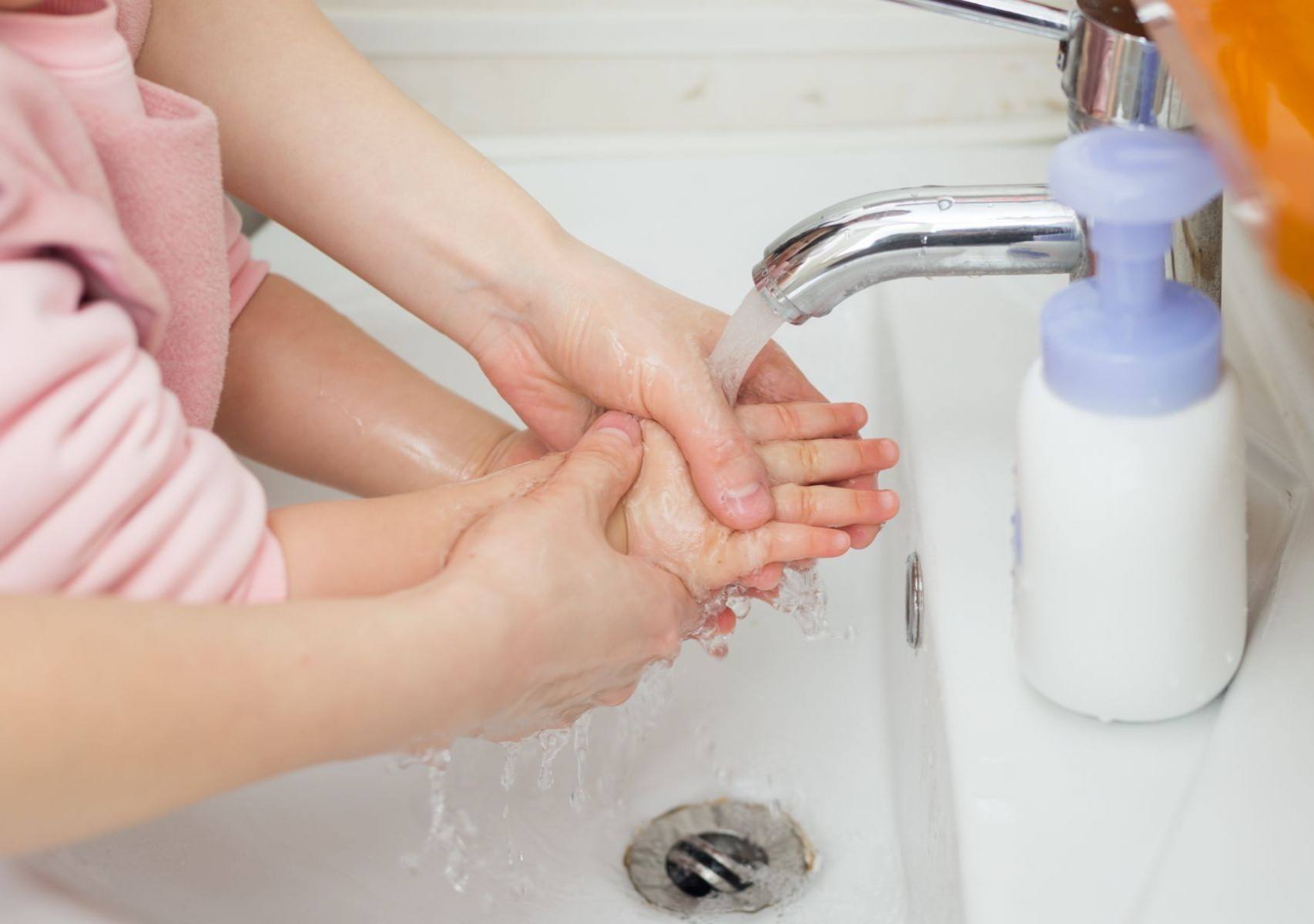
The COVID-19 pandemic has led to a dramatic loss of human life worldwide and presents an unprecedented challenge to public health, food systems and the world of work. The economic and social disruption caused by the pandemic is devastating. tens of millions of people are at risk of falling into extreme poverty, while the number of undernourished people, currently estimated at nearly 690 million, could increase by up to 132 million by the end of the year.
How do we protect ourselves and children from this deadly disease?
Hand hygiene is an important way to prevent the spread of Covid-19 and, when soap and water is not available, alcohol-based hand sanitizer is the next best way to do this.
Dispensers of hand sanitizer are now everywhere. I was just reading that there is one instance in France about chemical injuries in children who have accidentally gotten sanitizer in their eyes. Hand sanitizer dispensers in public places expose young kids to increased risk of eye exposure to hazardous chemicals.
There were seven times more cases among children of eye exposure to hazardous chemicals in hand sanitizer. There were 16 children were admitted to a pediatric ophthalmology hospital in Paris because their eyes were spattered with hand sanitizer compared with only one boy in 2019. Two severe cases required surgery to transplant tissue into their corneas.
The hospital cases were all in children under the age of 4, and the French researchers said the reason for this was likely because gel dispensers are placed low enough for children to access them. While this is waist level for most adults, it’s eye level for young children.
With the current widespread use of hand sanitizer in public places, it is not unexpected that young children would be drawn to these dispensers, many of which appear to be inadvertently designed to facilitate contact between the hand sanitizer and young eyes.

